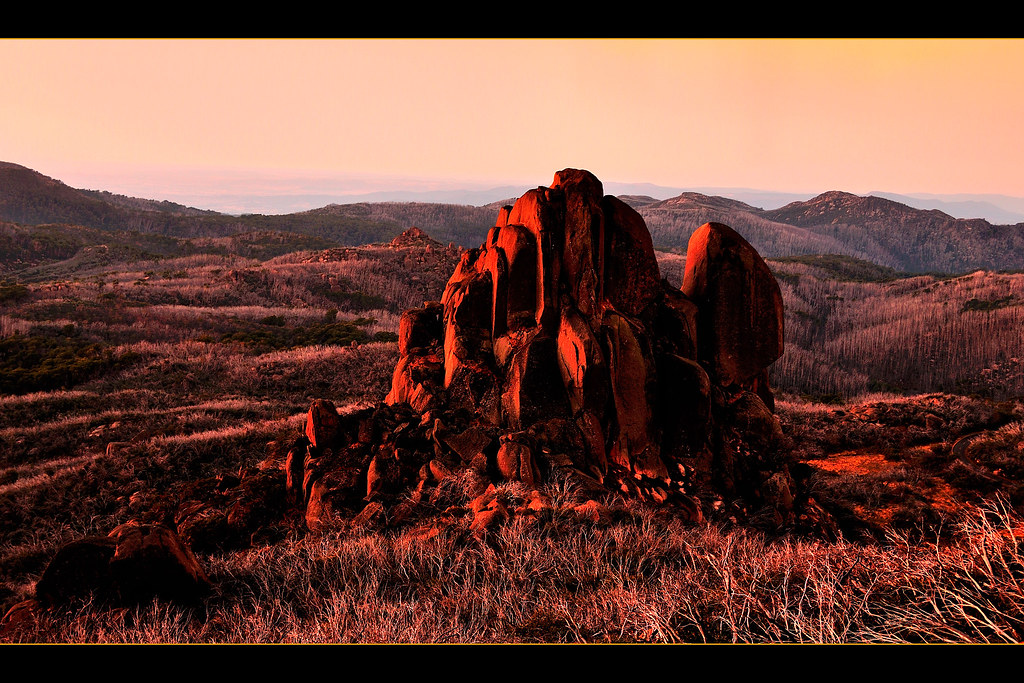Thursday, July 22, 2010
the Cathedral
For me, photography is not science; not an end that can be reached by any formulated path. Sure, there is the use of technology & how it is set up in accordance with the laws of Physics which is technique. But the significantly larger portion of the creation owes to the artistic style--how the photographer envisions the scene & the subsequent pursuit of the appropriate time, the point of view & indeed the technique to enact this vision.
As such, I cannot fathom being secretive when it comes to discussing techniques. A few pros might cite the term trade secret. To that, I counter that what makes a photo special is the unique artistic style ingrained, so why worry about as minute a thing as the technique? As for the amateurs, I see no concern that is remotely sensible. (But then, I admit, there are many things I don't understand in this world.)
On the other hand, if there are any readers who have got something to take home from the techniques shared by a photographer, these readers could adopt them to open up new creative windows, often resulting in photographs of the places & the things that the original photographer would not possibly reach or indeed has imagined. To me, I consider any sharing photographer courteous when he/she has the pictures accompanied by notes as to the methods as well as the technical data.
Which has paved way to my original intent of reflecting on the photo of the Cathedral. One thing I personally never make light of in taking pictures is the importance of looking for good objects. If one wants a good picture, one should be at a good place. Simple as that. I would not have a picture of a magnificent canyon while shooting in my room.
A good place the Cathedral is, as this pile of boulder is called, standing in the Mt Buffalo National Park in Victoria, about 3-hour drive from Melbourne. In winter, the ground and the Cathedral will be covered in snow which itself is a different photographic beauty. When I first visited it, it was a little after the autumn noon. I trekked up & down on the nearby hill looking for a good spot. A vantage point is required since it is fairly massive. (The sense of scale could be obtained using the road in the lower-right edge of the frame.)
After determining a good spot, I decided to come back when the light would be more favourable. As it was, I felt the sense of looking at a barren scene--cloudless sky, bare autumn trees & deeply-shadowed boulders. I envisioned a scene lively with colours and rich with details. It was just before sunset when I returned. Timing was crucial since I had noted that it took 45 minutes of walk to reach the spot.
As luck had it, I had hit a right moment. Indeed the setting sun had brought an arsenal of warm colours, casting red on the Western face of the huge boulders. The soft light allows the eye to flow from one geological feature to another without the distraction of bright light or deep shadows. At the centre, the Cathedral stood tall, glorified with the glow. From where I stood, the skeletons of bare trees what look like dry grass at the bottom edge, complement the massive form they appear to be 'cushioning'.
Every minute the colours were changing and I took a few shots on tripod. For this one I increased the colour temperature & the hue to accentuate the red & pink glow. In a matter of 10 minutes or so, all that had been was gone; the gray curtain fell, and the way back was rather low in visibility.
When at a good spot at a good time, it is harder to get a bad picture.
Location: Mt Buffalo National Park, VIC, Australia
Camera: Nikon D300
Lens: Nikkor 18-200mm f/3.5-5.6 VR
ISO: 200
Exposure: 1/25s
Aperture: f/5.6
Focal Length: 32mm
Filter: N/A
Flash: No
Tripod: Yes
Concerning:
18-200mm,
Alpine,
Australia,
Autumn,
D300,
High Country,
Landscape,
Mt Buffalo National Park,
Rocky,
Sunset,
the Cathedral,
Victoria
Subscribe to:
Post Comments (Atom)


No comments:
Post a Comment